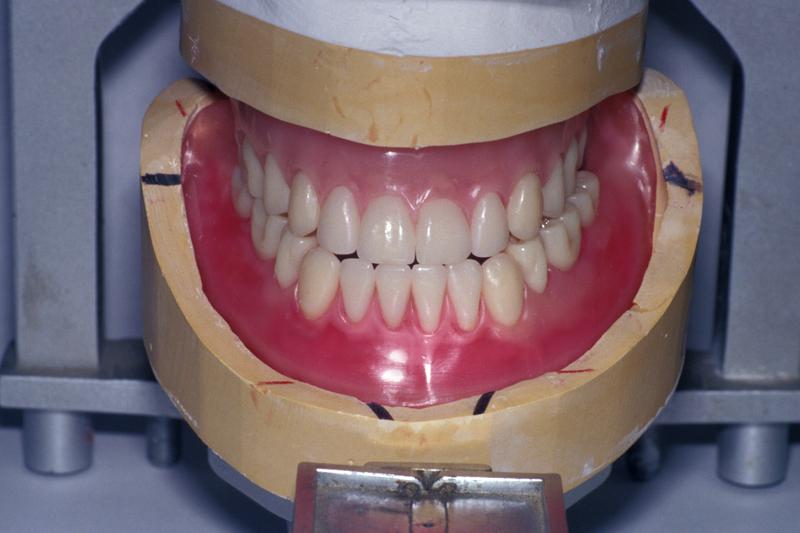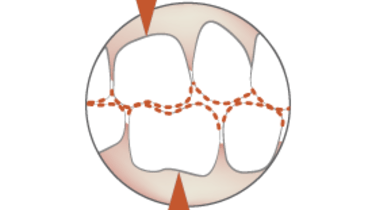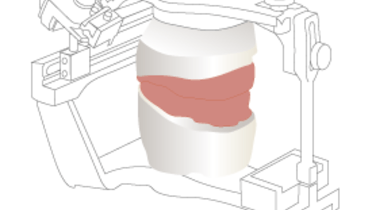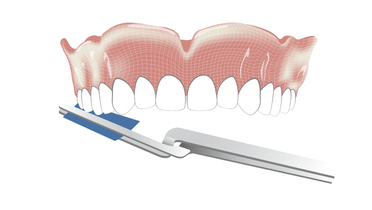-
0
Patient Assessment
- 0.1 Patient demand
- 0.2 Overarching considerations
- 0.3 Local history
- 0.4 Anatomical location
- 0.5 General patient history
-
0.6
Risk assessment & special high risk categories
- 5.1 Risk assessment & special high risk categories
- 5.2 age
- 5.3 Compliance
- 5.4 Smoking
- 5.5 Drug abuse
- 5.6 Recreational drugs and alcohol abuse
- 5.7 Parafunctions
- 5.8 Diabetes
- 5.9 Osteoporosis
- 5.10 Coagulation disorders and anticoagulant therapy
- 5.11 Steroids
- 5.12 Bisphosphonates
- 5.13 BRONJ / ARONJ
- 5.14 Radiotherapy
- 5.15 Risk factors
-
1
Diagnostics
-
1.1
Clinical Assessment
- 0.1 Lip line
- 0.2 Mouth opening
- 0.3 Vertical dimension
- 0.4 Maxillo-mandibular relationship
- 0.5 TMD
- 0.6 Existing prosthesis
- 0.7 Muco-gingival junction
- 0.8 Hyposalivation and Xerostomia
- 1.2 Clinical findings
-
1.3
Clinical diagnostic assessments
- 2.1 Microbiology
- 2.2 Salivary output
-
1.4
Diagnostic imaging
- 3.1 Imaging overview
- 3.2 Intraoral radiographs
- 3.3 Panoramic
- 3.4 CBCT
- 3.5 CT
- 1.5 Diagnostic prosthodontic guides
-
1.1
Clinical Assessment
-
2
Treatment Options
- 2.1 Mucosally-supported
-
2.2
Implant-retained/supported, general
- 1.1 Prosthodontic options overview
- 1.2 Number of implants maxilla and mandible
- 1.3 Time to function
- 1.4 Submerged or non-submerged
- 1.5 Soft tissue management
- 1.6 Hard tissue management, mandible
- 1.7 Hard tissue management, maxilla
- 1.8 Need for grafting
- 1.9 Healed vs fresh extraction socket
- 1.10 Digital treatment planning protocols
- 2.3 Implant prosthetics - removable
-
2.4
Implant prosthetics - fixed
- 2.5 Comprehensive treatment concepts
-
3
Treatment Procedures
-
3.1
Surgical
-
3.2
Removable prosthetics
-
3.3
Fixed prosthetics
-
3.1
Surgical
- 4 Aftercare
Occlusal schemes
Key points
- A prosthodontic occlusion for the edentulous patient should reconcile sound biological and functional principles to ensure optimal occlusal relationship
- There is no clear evidence that any one type of the several described occlusal schemes lead to better clinical outcomes in either complete denture or dental implant therapy
Variety of occlusal schemes
A choice of occlusal schemes can be employed for the prosthodontic rehabilitation of the edentulous patient. Clinical outcomes with different schemes continue to be debated and no one scheme has emerged as clearly superior. However, although the exact scheme chosen is not crucial, the clinician must ensure that once a scheme is chosen, the occlusion itself should be carefully designed, frequently evaluated and refined where necessary.
Initial views that implant rehabilitation would require or permit specific occlusal schemes have not been substantiated by clinical findings. There is only limited scientific evidence that occlusal overload is a precursor of peri-implant bone loss or implant loss.
Basic Principles
Nevertheless, several well accepted basic principles are common to most occlusal schemes. The following determinants should be followed:
- Acceptable interocclusal distance
- Maximum number of bilateral center stops during closure
- Freedom in retrusive range of contact
- Multidimensional freedom of contact movement
For a more in-depth review of occlusion and occlusal schemes, the reader is referred to the references.




